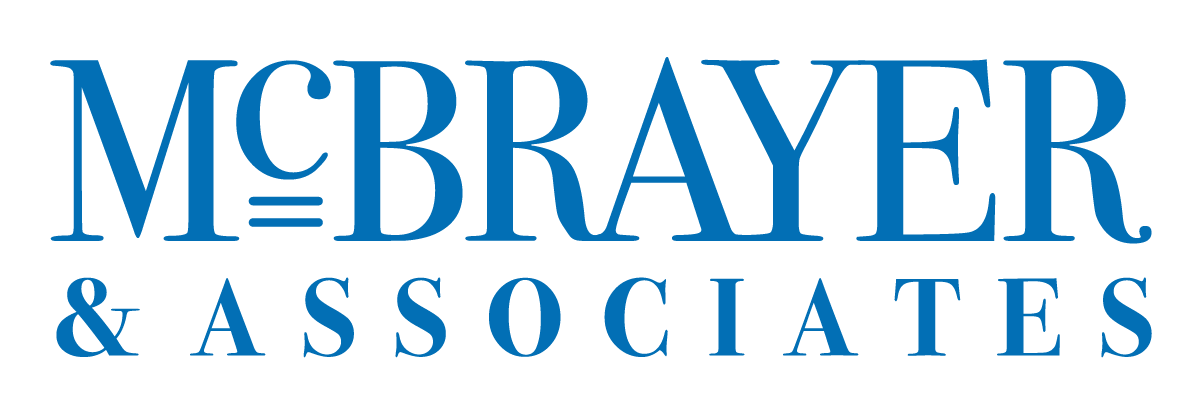How to Prepare for an Effective First Business Meeting

The most common methods for getting access (or face-to-face time) with your prospect include bribing the buyer with lunch, pleading to meet, or telling them how great your product is.
None of these are very effective.
The most efficient way—the right way—is the education-based briefing.
In your first business meeting with a prospect, you don’t want them to feel like they are being sold, but rather that they are being educated. When you sell, you break rapport because your prospect automatically resists you, but when we educate, we build rapport.
What allows you valuable time with a potential buyer is that what you offer in the meeting has perceivable value. That means that you will generate more interest during the meeting by teaching them something about the market that creates real, useful value. Your first meeting will deliver this value in the form of new, fresh insight.
Teach Something Valuable
Learning how to structure this information will sell your product better than you could hope to by blatantly pitching the product.
Here are some ways that you can be sure your education-based briefing delivers on what you have promised and that you will teach something valuable. This will help position yourself as a think-partner, and later, a change-agent.
1. Use Real Data
As with your phone call to secure the meeting, begin your education-based briefing with real data and hard facts. Remember that what you are trying to do is create rapport and establish credibility. So, begin with talking on something your prospect is interested in and that is relevant to both of you.
2. Provide Industry Information
Provide industry information that will position you as an expert in the field. Give the lay of the land of your prospect’s market, including trends such as market patterns and projections, failure rates, patterns of problems, problems with solutions, and any common mistakes.
Not only will your prospect be interested, but they will begin to identify themselves within the structure you have presented. They will also begin to see how the bigger picture of the market works around their company.
This strategy shifts the power immediately by demonstrating your knowledge. It positions you as credible, and it eventually reveals you as an expert, which is an incredibly persuasive trigger.
3. Be a Market Expert
Serve your clients by being a market expert, and not just an expert in your product. This will require research. Below is a list of starting places where you may begin to become the expert in the field.
-
- Government websites such as Fedstats, BLS, or census.gov.
- Industry Journals
- Trade Associations
- Industry Bloggers
- Business Magazines
Research will put you in the position of an authority in the field, and also set the tone accurately for your first meeting by letting your buyer know that you plan to deliver the perceivable value that you initially promised.
4. Focus on Your Prospect’s Interests
Focus your efforts on your prospect’s interests by making your education-based briefing relevant to them. As your prospect begins to identify themselves within the picture, they will say so. If they do not, this is the time to ask discovery questions about their market. By delivering value, you earn the right to ask discovery questions (this is due to a feeling of reciprocity on the prospect’s part). The more you know about their needs, the better you can see their problems and begin to form the best solutions.
Conclusion
Not only does the education-based briefing method win you valuable time with the prospect, but it also positions you as an expert in the mind of the buyer. After all, you are teaching them things about their business that they didn’t even know. Once you have positioned yourself as a think-partner, the transition into becoming a change-agent is soon to follow.
